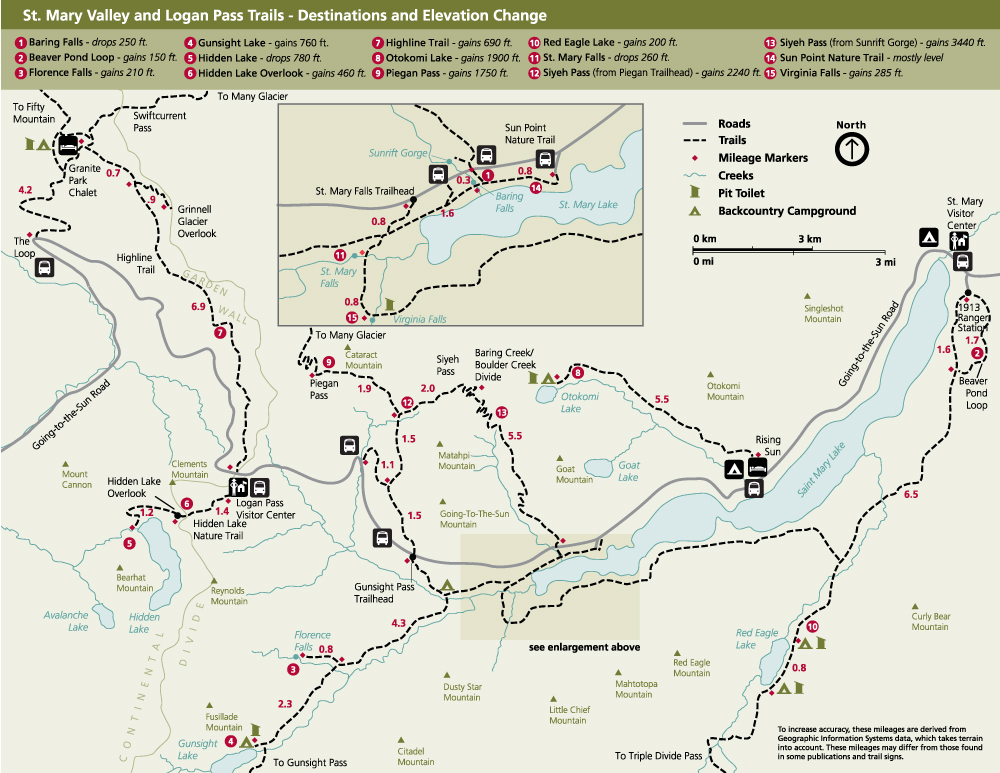

We saw a lot of wildlife, mostly ground squirrels and marmots, but also some mountain goats. Late August and early September, when most of the winter's snow has melted away, is the best time to see the glaciers. Going to Logan‘s pass and doing the hidden Lake Trail is something that should not be missed in glacier national Park. Binoculars and a park map can help you tell the difference between snowfields and glaciers throughout the park.

Still, a few glaciers can be seen from the road, a few others can be seen from a short hike, and others can be studied up close after a strenuous hike. Most of the park’s glaciers are tucked into shadowy niches high along the Continental Divide, cloaked by semi-permanent snowfields. It is actually North Cascades National Park that boasts the highest concentration of glaciers in the lower 48 but Glacier National Park comes in second with about two dozen active glaciers. In the contiguous United States, glaciers can be seen fairly easily in Mount Rainier National Park, Olympic National Park, North Cascades National Park, Grand Teton National Park and others. Elias National Park, and Glacier Bay National Park, are all known for their glacier viewing. Massive glaciers can be viewed with relative ease in Alaska's national parks. Ironically, Glacier National Park isn't the easiest place to see an active glacier. Hoping to see one before they are gone, many visitors come to the park to see a glacier. Sexton Glacier has lost more than 25 acres in area since 1966. Sexton Glacier, seen from the Siyeh Pass trail, is one of the park's glaciers that can be seen on a day hike.


 0 kommentar(er)
0 kommentar(er)
